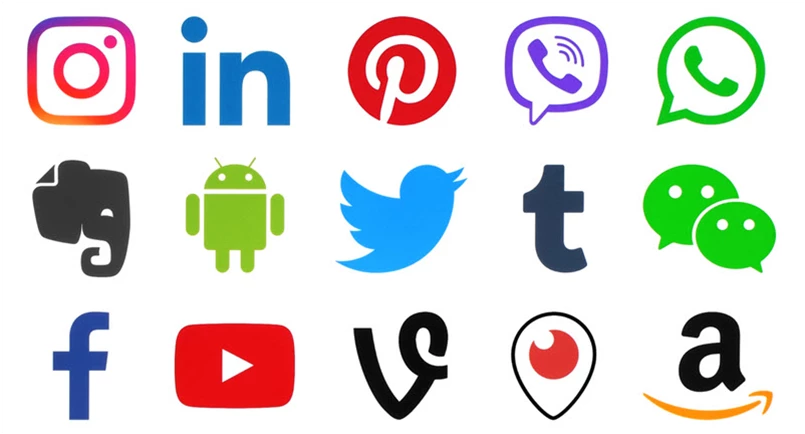Emblem and logo. The main difference
Many entrepreneurs and manufacturers think about creating a logo for their brand, company, or firm. However, not everyone correctly and accurately understands the meaning of this word. By the way, many people confuse the logo with the emblem or the trademark. This, of course, should not be done because these are entirely different things.
Indeed, these three words have something a little similar. However, they mean different things and are used in various fields, pursuing varied purposes.
So, the emblem means a symbol or heraldic image reflecting specific ideas and values. These ideas and values can be unrelated to business and sales. Emblems contain text inside themselves, so they differ significantly from ordinary logos, in which there may be no text at all or outside the graphic sign.
Where exactly are the emblems used? The scope of application of emblems is rather miscellaneous and oversized. Both commercial and noncommercial organizations use them. Among the most popular fields in which the emblem is used, sports, education, various clubs, and teams can be distinguished.
Emblems play a significant role in sports and act as a distinctive sign of teams and clubs of various kinds of sports. They generally depict all kinds of attributes, animals, and everything that is somehow connected with a particular sport, a team, and its mascot, if there is one.
By the way, esports teams also use emblems as a distinctive sign. Various game clans depict animals, game characters, and so on in such emblems. Moreover, bright and contrasting colors are often used in esports to express aggressiveness and emotionality and make the symbol spectacular. Most of the emblems of gaming clans have a diverse and unique color palette.
Speaking of organizations, some sometimes prefer the emblem instead of the logo. This is especially true for companies working in the gaming field.
Some website owners prefer vivid, graphical emblems over logos. These are also, by the way, generally game-themed sites.
Continuing the theme of games, the emblem may reflect the specifics of a YouTube channel. Such channels are also decorated in bright and colorful colors, and the emblem is typically used as an avatar.
To distinguish yourself from similar channels, clans, and teams, it is best to develop an emblem from scratch rather than use other people’s elements. Such an emblem can be created as a character, an animal, a specific game, or at least depict the player or an individual participant.
What should be a decent and cool logo? Of course, the logo must correspond to the sphere, in other words, the kind of occupation. In other words, the logo should be created as appropriately and relevant as possible to your brand or company. After all, creating a logo should be conditioned by semantic content and a specific goal. Any logo’s primary purpose is to personify a particular brand and company.
It is necessary to understand that the logo is not a charming picture or just a fantastic attribute of your business. It should tell the audience what the company does, its goals and plans, what products it produces, what people are, and what age the business is aimed at. The logo can be created for the company and business, business affairs, and partners. For example, the object or foundation for creating a logo can be any brand, a YouTube channel, or even a fictional character. The logo generally symbolizes your brainchild, product, service, etc. For example, a popular and well-known YouTube logo represents a brand, not a company.
The incentive for creating a logo is identifying a brand and the desire to stand out from the information noise. In other words, the logo makes you unique and special and sets you apart from different brands and companies. For example, when participating in a logo quiz, such logos are immediately and easily identified.
It turns out that the logo should not be a non-objective and senseless set of symbols or an attractive picture. This is an accompanying symbol of your company or brand, which, if possible, fully reflects the product’s or service’s basic principles and goals. It is especially significant in the logo. It distinguishes you from your competitors in the market. And, of course, if you have a bright, catchy, and unusual logo, you will achieve great success and demand from customers and potential clients. But, if an equally important principle was considered, the logo you created is relevant, not meaningless, and reflects your brand’s meaning, features, and kernel.
